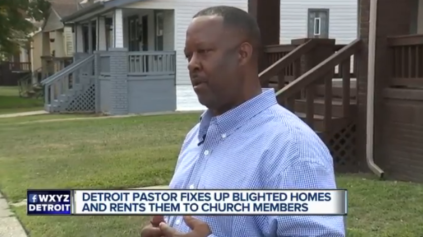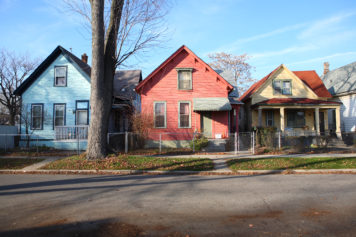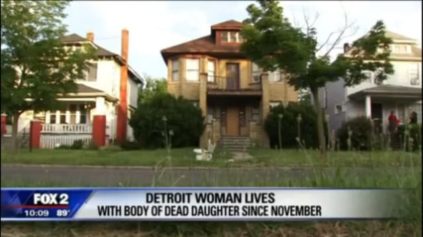The History of The Detroit Race Riot of 1967
Many Black people had emigrated from the Deep South to Detroit seeking a better life during the Great Migration that started in the 1920s and ended by the 1960s. However, upon arriving in Detroit and many Northern cities, Blacks found the same racism and discrimination they had wanted to escape. They were excluded from all Detroit public housing except Brewster-Douglass Housing Projects, forced to live in deplorable sanitary conditions. They faced police brutality and poor public services such as poor school systems. Before the 1967 riot took place, similar dissatisfaction spurred the city’s 1943 race riot. High racial tensions plus a lack of job opportunities also contributed. Over the course of three days in 1943, 34 people were killed. Of them, 25 were African-Americans, 17 of whom were killed by the police. Blacks accounted for more than 75 percent of the injured and 85 percent of the people arrested during the three days.
At around 3 a.m. July 23, 1967, police raided a bar called a “blind pig,” located in a predominately Black neighborhood, for violating drinking laws.
The establishment was hosting a party for several veterans, including two servicemen recently returning from Vietnam. Approximately 82 Black people were detained. Onlookers stoned police cars and shouted at the police. This bar raid started the Detroit riots.
The looting and violence spread around the city. By July 25, 8,000 National Guardsmen were deployed to end the disorder. Later their number would be augmented with 4,700 paratroopers from the 82nd Airborne Division and 360 Michigan State Police. The Detroit riot of 1967 was the worst U.S. riot in 100 years.


